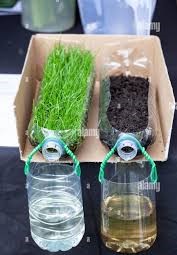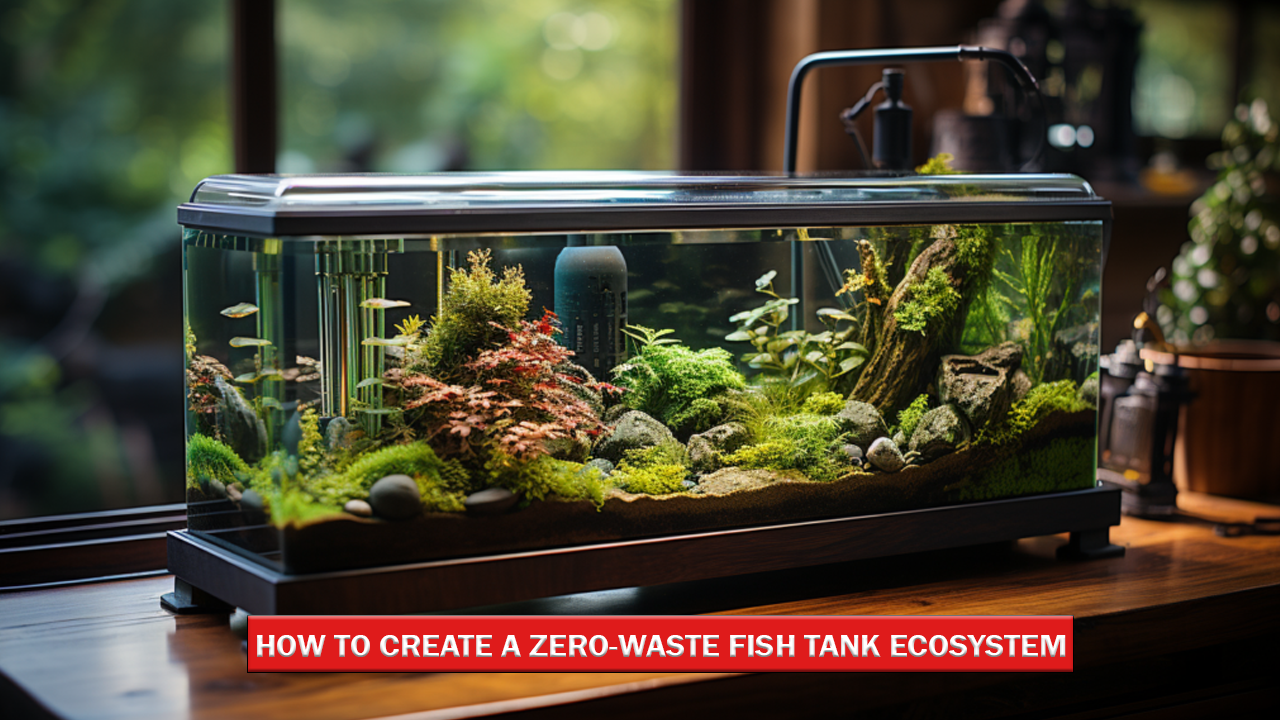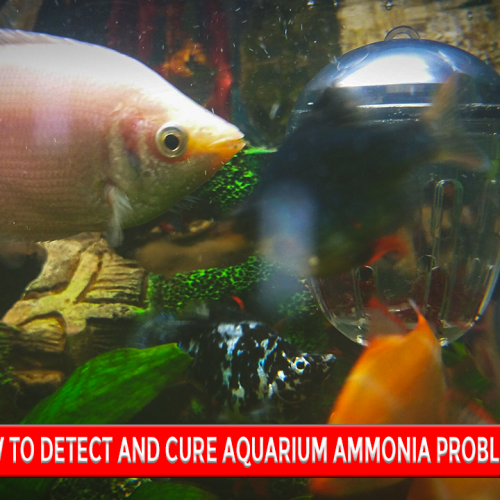How to Create a Zero-Waste Fish Tank Ecosystem
A zero-waste fish tank is a sustainable approach to aquarium keeping. This eliminates wastage without causing harm to the environment. Here’s a step-by-step guide on how to create zero-waste ecosystems, manage waste, and optimize its benefits.
What is a Zero-Waste Fish Tank Ecosystem?
A zero-waste aquarium ecosystem actually mimics nature, creating an endless environment where waste is either reused or erased from the picture. This means minimizing the dependence on external resources, wastes minimized, and a balance is sustained between the fish, plants, and even microorganisms.
How to Construct a Zero-Waste Aquarium
Step 1: Select the Right Size and Material for Your Aquarium
 Choose the right-sized tank depending on how many and what species you will have in the aquarium. Glass or recycled acrylic is a good option to ensure sustainability. The tank should have good filtration and no harmful chemicals.
Choose the right-sized tank depending on how many and what species you will have in the aquarium. Glass or recycled acrylic is a good option to ensure sustainability. The tank should have good filtration and no harmful chemicals.
2. Incorporate Natural Filtration
 Use live plants as a natural filter. Anubias, Java Moss, and Vallisneria are examples of how plants absorb wastes while producing oxygen. Add a biofilter to boost the nitrogen cycle and convert toxic substances, including ammonia.
Use live plants as a natural filter. Anubias, Java Moss, and Vallisneria are examples of how plants absorb wastes while producing oxygen. Add a biofilter to boost the nitrogen cycle and convert toxic substances, including ammonia.
3. Eco-Friendly Choice of Substrate
Use natural substrates such as sand or gravel from reputable, ecologically friendly sources. Exclude synthetic or chemically-dyed materials which could release toxins into the water.
4. Choose Compatible Fish and Invertebrates
Choose fish species with low waste levels, such as tetras, guppies, or betas. Add snails and shrimp as they eat algae and leftover food.
5. Balanced Feed Cycle
Offer your fish high-quality, environmentally friendly pellets or flakes with measured quantity. Do not overfeed to help reduce waste as food that is not consumed is accumulated waste.
6. Composting Solid Wastes
Collect fish waste and decomposed plant matter for use in the composting your garden. Nutrients are conserved and not lost.
7. Renewable Power for Equipment
Use renewable energy such as solar, wind, hydro, or geothermal power to light your tank as well as power the filtration system. Use LED lights in energy-efficient LED light to simulate daylight cycles.
8. Maintenance and Monitoring
Test water quality regularly to achieve ecological balance. Remove debris and prune plants for a clean, balanced environment.
Benefits of a Zero-Waste Aquarium
- Ecological – causes lesser impact on the environment as it would reduce waste and dependency on external support.
- Cost-Effective – saves money spent on disposable supplies and long-term maintenance.
- Healthier Environment-Fosters a better habitat for the fishes and plants.
Common Challenges and How to Overcome Them
- Initial Cost of Setting Up: The initial investment in sustainable equipment is costly, but it will prove economical since there is reduced cost in running time.
- Excessive growth of Algae: Keep proper light scheduling and have algae-eating species to maintain the algae in check.
- Water Imbalance: Regular testing of water and natural filtration will help in maintaining a stable water system.
Conclusion
Building a zero-waste fish tank ecosystem is not only environmental but also meaningful. Combining natural filtration, using sustainable materials, and responsible fishkeeping practice can ensure a thriving aquatic environment for your fish and the planet. Begin by keeping it small, plan throughly, and enjoy the view of an authentically eco-friendly aquarium.
FAQs (frequently-asked questions)
Good low-waste aquarium species include guppies, bettas, and shrimp: They produce minimal waste.
Yes, but you will need to condition it with a water conditioner to remove the chlorine and heavy metals from tap water before you can use it in your aquarium.
Perform light maintenance weekly, such as removing debris and testing water, but avoid overcleaning, as it disrupts the ecosystem.
Hardy, low-maintenance plants like Java Fern, Amazon Sword, and Hornwort thrive in zero-waste tanks.
Yes! With proper research and planning, a zero-waste tank can be a rewarding project for both beginners and experienced aquarists.




